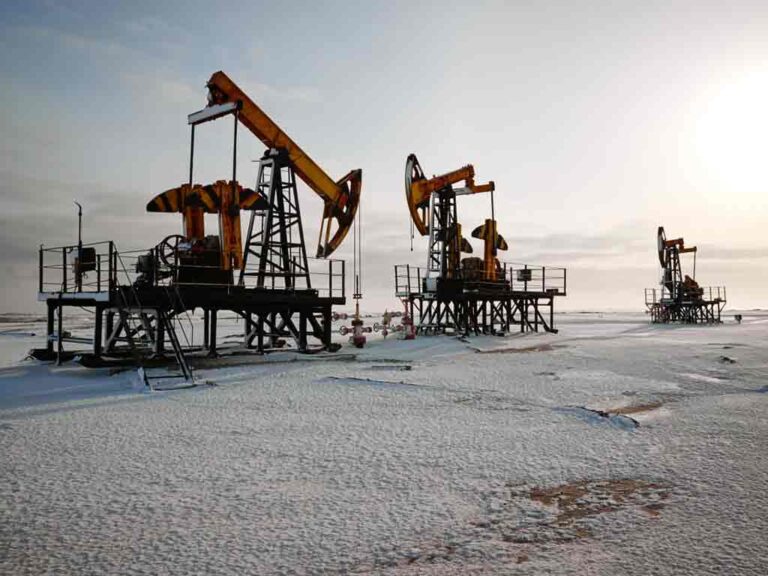Alaska lawmakers and other backers of the drilling plan had lobbied strongly for approval of ConocoPhillips’s $8 billion project, defending it as a source of several thousand jobs and a contributor to US energy independence, with production of 180,000 barrels of oil per day at its peak, or some 576 million barrels over 30 years.
However, according to the U.S. Bureau of Land Management, that means ConocoPhillips will generate up to 278 million tons of carbon dioxide over its 30-year life span, equivalent of adding two million cars to the country’s roads per year.
Environmental organizations strongly believe the Alaska oil drilling will bring about food insecurity by altering ecosystems, deteriorate air quality, could increase cancer and asthma rates, and speed up climate change in the Arctic region, which is already warming faster than the rest of the planet.
One of the biggest objections to Willow is that it involves drilling into the permafrost top and creating cooling tubes to keep the ice frozen as the Arctic loses ice masses.
As the largest oil and gas project proposed on U.S. public lands, it would be a gateway to significant new extraction at a time when we need to reduce fossil fuels, not open big new fields, Evergreen Action group chief of staff Lena Moffitt told The Washington Post.
“Climate change is melting Alaska’s glaciers. We cannot afford to dig deepest hole with bad ideas like Willow,” Moffitt said.
pll/ro/ifs









